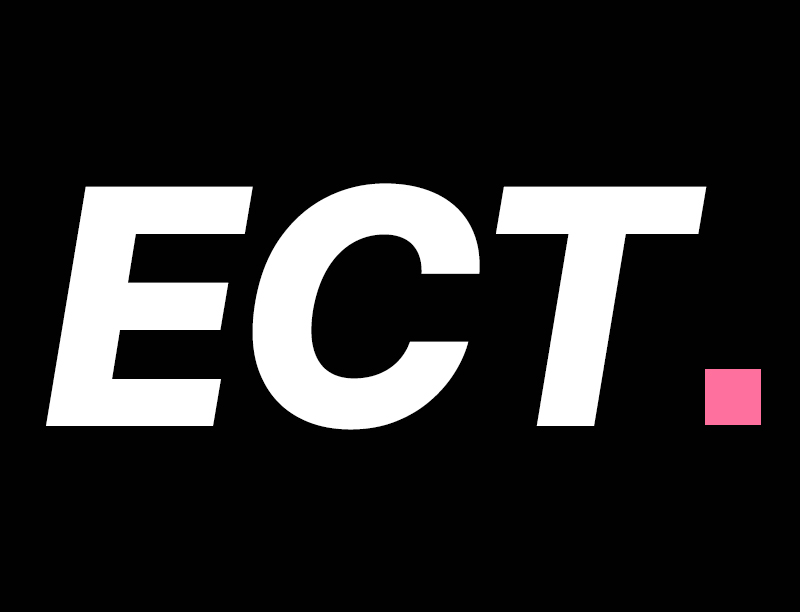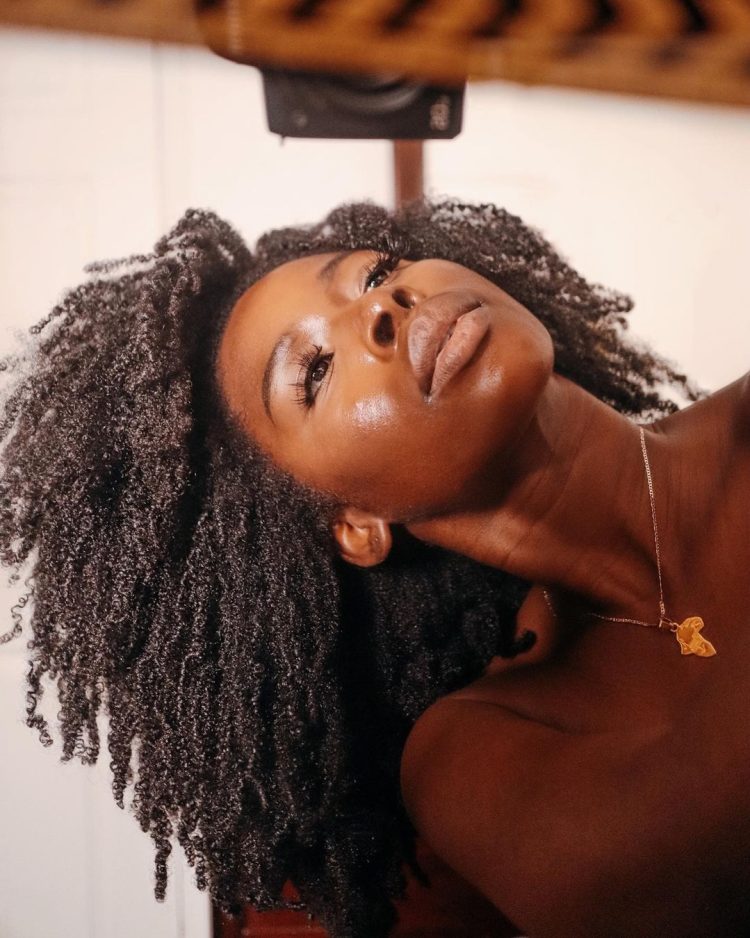No matter if you’re relaxed, natural, or somewhere in-between, you’re probably familiar with some form of thinning, shedding, or breakage.
And if you let it go on for too long, you’re probably also familiar with something called traction alopecia. Traction alopecia is hair loss caused by repeatedly putting tension on hair via styling or maintenance methods.
Luckily, traction alopecia is the easiest form of alopecia to reverse because the cause lies within your personal habits and not anything hormonal or unknown.
While the journey back to healthy hair growth might be a tedious one, it’s possible to do and definitely worth it. Here’s how you can fix traction alopecia once and for all.
Be honest about how you handle your hair.
There’s this common misconception that traction alopecia is solely caused by hairstyles that are too heavy or tight.
And while hair loss via tight, intricate styles such as braids and weaves are typically the core cause of traction alopecia, it’s important to remember that any type of excessive pulling and tugging can cause hair loss—even if the hairstyles themselves are relatively loose or protective.
This means that loose twists, buns, braids, wigs, and even washing and detangling methods can result in hair loss if there’s high manipulation involved.
You’re best bet is to be gentle as possible with your hair, choose low manipulation styles, and most importantly, do your best to leave your hair alone.
Be mindful of your scalp.
When you tug, yank, and scratch at your scalp, there are likely some cuts or open wounds directly on or around the area where you’re losing hair.
When this happens, you have to be especially careful with your scalp at this point because there’s a high risk of permanent hair loss due to damaged follicles.
Bacteria from sweat, dirt, and product buildup can cause infections that damage your hair follicles.
Likewise, chemicals found in dyes and relaxers have the potential to burn your scalp to the point of creating scar tissue that hair cannot grow through.
In short, properly caring for your scalp is extremely important if you want to grow your hair back.
Aside from staying away from products with various chemicals in the mix, you should also consider using antibacterial shampoos and hair rinses until your hair begins to grow back.
Consider professional solutions.
When you visit a dermatologist for hair loss, you’ll likely be given the option to use a topical medicine or one that is injected into your scalp.
The most popular topical treatment is minoxidil; It may sound super scientific and completely foreign, but most of us know it by a pretty popular brand name—Rogaine.
This does not mean you should run out and buy any ole box of Rogaine or another random minoxidil formulated product; it’s important that you know exactly what you’re getting.
Products like Rogaine for Men are a 5% minoxidil formula, and the FDA has only improved the 2% formula for safe use in women.
This means that whatever serum, foam, or supplement you get should be 2% for harmless use.
Still, you need to consult a dermatologist for your treatment. Minoxidil may not work for you for a number of reasons—one being untreated inflammation on or under the scalp which is found in more advanced forms of alopecia.
This issue can only be properly assessed and treated by a dermatologist who will likely suggest some combination of a topical treatment, antibiotics, and steroid injections.
Understand that there’s no miracle product for traction alopecia, but…
Any regimen that promotes healthy hair will work with a little bit of time and patience.
Jamaican black castor oil, tea tree oil, wild growth oil, and all of the other popular go-to hair growth products will only work when you’re practicing other healthy hair habits as well.
Ditch the styles that are causing tension, wash, moisturize, seal, cut, and care for your hair on the regular and all will be well.
You may not be able to control how long it takes to grow your hair back, but hopping on the issue as soon as it arises gives you more time to work on the solution.
You’ll also like:
Young Girl With Traction Alopecia Gets An Amazing Makeover For Prom
Use Onion Juice To Speed Up Hair Growth And Combat Traction Alopecia
Why These 4 Common Protective Styles May Be Damaging Your Hair








